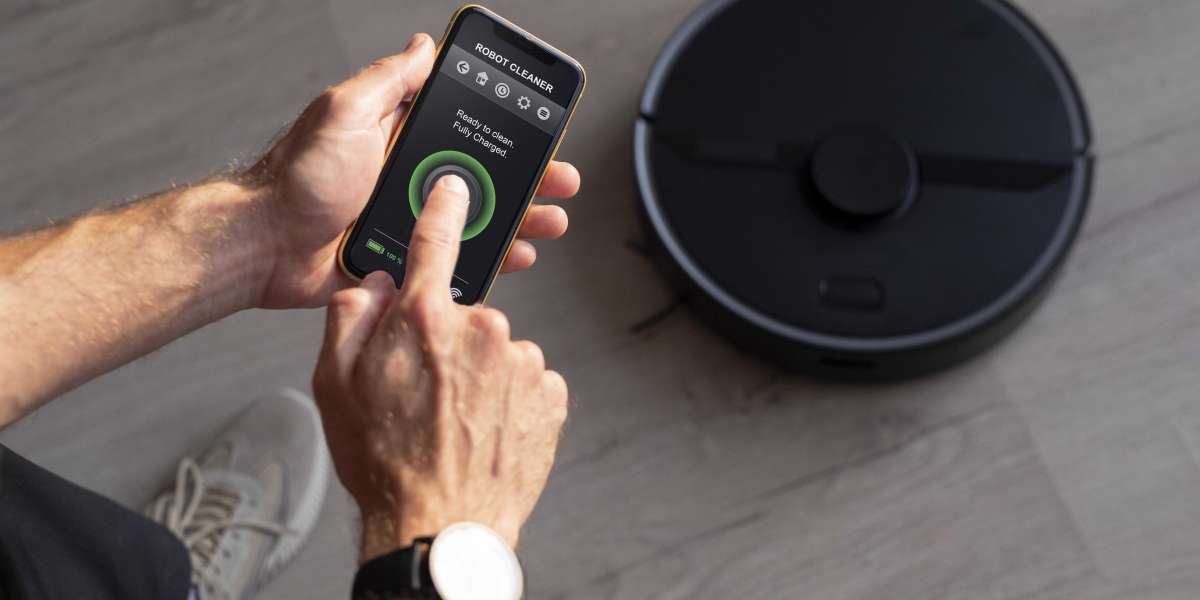With the rise of smart home technology, more and more homeowners are looking to integrate their home audio systems with smart home automation. Installing ceiling speakers throughout the home provides great sound coverage and the ability to sync music and audio with other smart devices. In this blog post, we will discuss how to integrate ceiling speakers with popular home automation platforms and provide some tips and tricks for getting the most out of this setup.
Choosing the Right Ceiling Speakers
The first step is choosing the right ceiling speakers that will work well with your home automation system. Here are a few things to consider when selecting speakers:
Connectivity: Make sure the speakers you choose have the necessary connectivity like WiFi, Bluetooth or support for common protocols like Chromecast or AirPlay to connect to your smart home hub or individual devices.
Power: Decide if you want powered or passive speakers. Powered speakers have internal amplifiers while passive speakers need a separate amp or receiver. Powered are easier but passive give more flexibility.
Form Factor: Look for low-profile in-ceiling or in-wall speakers that will discreetly blend into your home's design. Avoid large protruding styles.
Coverage: Bigger speakers provide better sound quality and broader coverage for whole-home audio throughout multiple rooms. Consider the size of your spaces.
Video Support: If you want to use the ceiling speakers for home theater, look for speakers with HDMI or optical inputs to support high-quality audio from your TV.
Top Home Automation Platforms for Speaker Integration
Once you have your speakers, the next step is choosing a home automation hub or platform that will allow easy integration and control. Here are some of the top options:
Amazon Echo/Alexa: Works with a wide variety of compatible speakers through WiFi or Bluetooth. Great for voice control throughout the home.
Google Home: Like Alexa, integrates with many brands over WiFi/Bluetooth and offers multi-room audio capabilities via Chromecast built-in.
Apple HomeKit: An excellent choice for users invested in the Apple ecosystem. Supports AirPlay 2 for wireless streaming to HomeKit speakers.
Logitech Harmony: One of the original home automation hubs known for seamless whole-home and theater system integration including speakers.
Crestron: The professional-grade solution ideal for complex installations with the most advanced speaker and room controls.
Control4: Similar to Crestron but more user-friendly interface excellent for mainstream luxury homes.
Setting Up Whole Home Audio
Once you have your speakers and chosen a control platform, it's time to set up your whole home audio system. Here are the basic steps:
Connect speakers to power or a multi-zone amplifier if passive. Connect wired speakers to each room.
Add speakers to your hub/platform through the mobile app. Configure layout assigning speakers to individual rooms.
Pair any WiFi or Bluetooth enabled speakers to your network and system controller.
Calibrate your speakers by playing test tones and adjusting levels for each location until balanced.
Assign music services like Spotify, Pandora, etc.
Create speaker groups for whole home audio or separate zone control throughout your home.
Enjoy seamless multi-room streaming with voice commands!
Using Automation for an Enhanced Experience
Beyond basic control, you can take advantage of automation capabilities to enhance the experience:
Trigger routines based on sensor activity like arriving/leaving home to start/stop music.
Link entertainment zones so TV audio plays throughout the house on ceiling speakers automatically.
Schedule routines to play different music in various rooms based on time of day.
Sync lighting scenes with music playback for enhanced Movie Nights or Dance Parties!
Future of Ceiling Speaker Technology: Trends and Innovations
Ceiling speaker technology continues to evolve alongside advancements in smart home platforms and connectivity standards. Here are a few trends on the horizon:
Multi-Codec Support: Future speakers will handle more audio formats like Dolby Atmos for true 3D immersive sound from any source.
Integrated Smart Assistants: Expect voice-controlled ceiling speakers with Amazon Alexa, Google Assistant or Siri built-in for hands-free music requests.
Auto Calibration: Advancements in speaker calibration may lead to automatic calibration solutions that detect speaker placement relative to room architecture.
Modular Design: As wiring needs change, modular speaker systems may be designed for easy reconfiguration and installation flexibility not possible with standard models.
Enhanced Styling: More manufacturers will focus on thinner speaker designs and aesthetic grilles/trims to blend into different home decors seamlessly like high-end downlights.
Higher Resolution Audio: Networks upgrade to support hi-res lossless audio formats like FLAC rivaling physical media quality through ceiling speakers wirelessly.
Conclusion
By thoughtfully selecting ceiling speakers that integrate well with your home automation solution, wireless audio can be experienced effortlessly throughout any smart home. With some setup and calibration, as well as leveraging automation potentials, you can enjoy enhanced entertainment and hands-free control without additional equipment. As technologies continue advancing, future ceiling speaker innovations promise even smarter connectivity and premium immersive experiences to come.
Get More Information:- https://articleblock.com/technology/the-future-of-ceiling-speaker-technology-trends-and-innovations/








